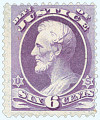
# O107 - 1879 6c Bluish Purple, Department of Justice, Lincoln, Soft Paper
1879 6¢ Lincoln
Official Stamp – Justice
Department Of Justice Established
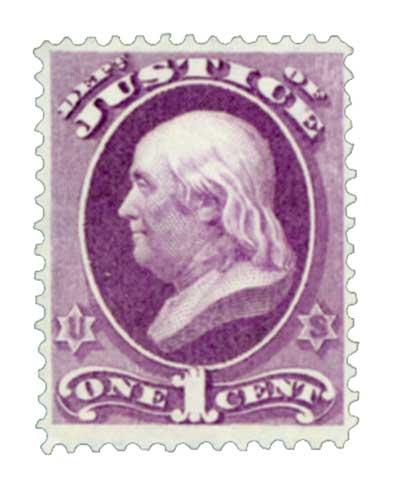
On June 22, 1870, President Ulysses S. Grant signed a bill into law creating the U.S. Department of Justice.
The position of Attorney General was created through the Judiciary Act of 1789 as a part-time job to advise the President and Congress on legal matters. Officially, it was the Attorney General’s job “to prosecute and conduct all suits in the Supreme Court in which the United States shall be concerned, and to give his advice and opinion upon questions of law when required by the President of the United States, or when requested by the heads of any of the departments.”
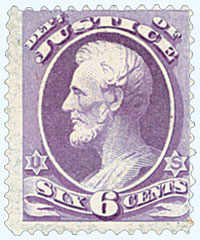
By 1819, the workload had grown significantly and the jobs of the Attorney General and his assistants were restricted. However, many early Attorney Generals did not receive the same rate of pay as other members of the President’s cabinet, so most of also appeared in court to supplement their income.
As early as 1830 there were calls to make the Attorney General’s office a full-time position. Then, in 1867, Congressman William Lawrence of the House Committee on the Judiciary suggested a law department run by the Attorney General that included department solicitors and U.S. attorneys. The following year, on February 19, 1868, Lawrence brought a bill before Congress to create the Department of Justice. However, he was preoccupied with the impeachment of President Andrew Johnson and was unable to devote his time to the bill.
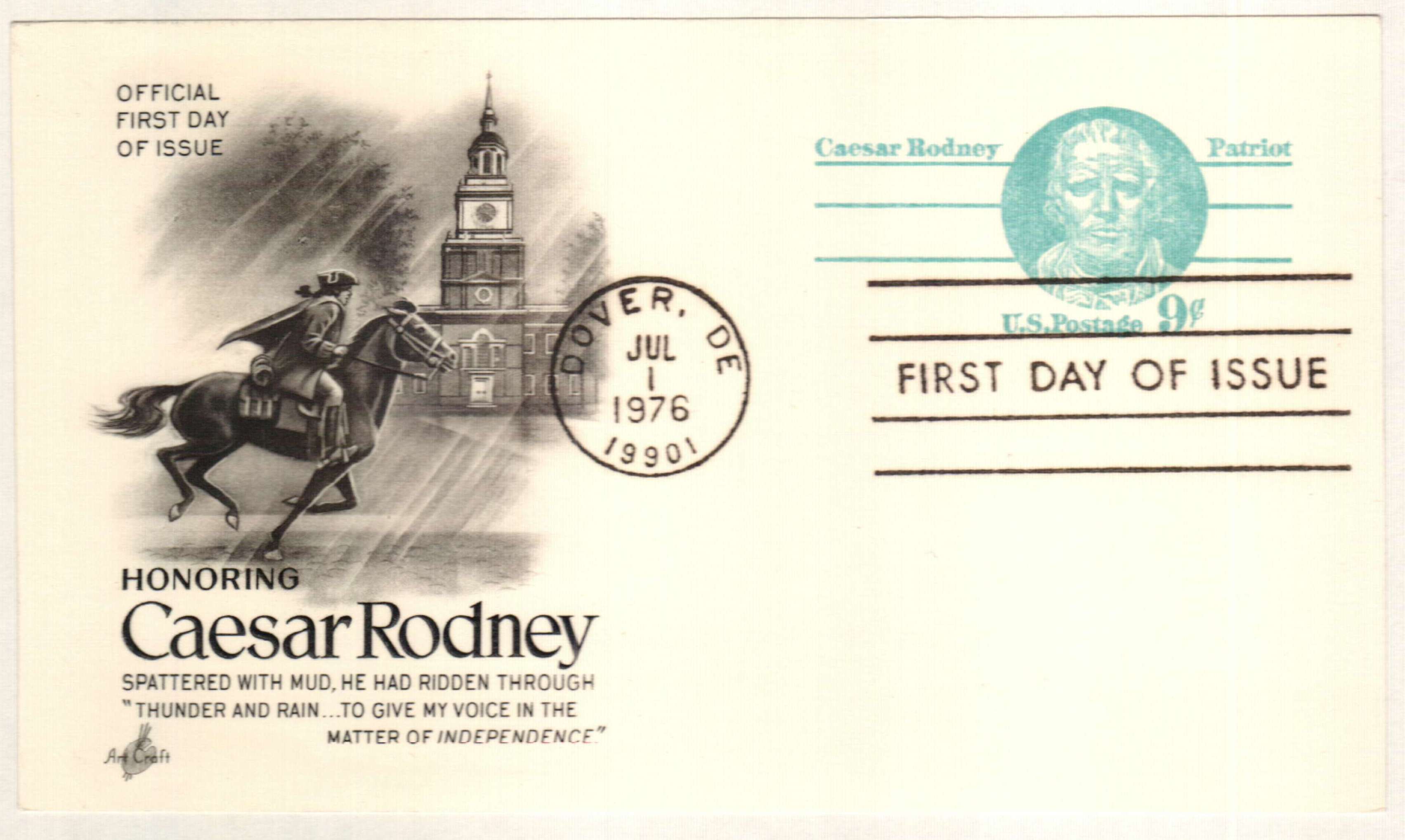
The following year another congressman, Thomas Jenckes, introduced a similar bill on February 25, 1870, which was passed by both houses. Then on June 22, 1870, President Ulysses S. Grant signed the “Act to Establish the Department of Justice” into law. The Department of Justice officially began operations on July 1 of that year.
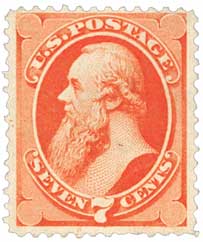
The act significantly increased the responsibilities of the Attorney General. Under this new legislation, the Attorney General would supervise all U.S. attorneys, which was previously a job within the Department of the Interior. The Attorney General was also tasked with prosecuting all federal crimes, representing America in all court actions, and ensuring no private attorneys were used to represent the federal government. The act also created a new office, the Solicitor General, to oversee government litigation in the Supreme Court.
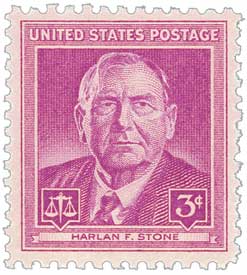
Over time, the Justice Department has grown to include control of Federal prisons. The U.S. Marshals Service, Federal Bureau of Investigation, and Bureau of Alcohol, Tobacco and Firearms are also part of this department.
The Department of Justice seal includes the Latin motto Qui Pro Domina Justitia Sequitur. Historians don’t know where the phrase came from or when it first appeared on the seal. Its translation has been a matter of discussion for Latin scholars. Most agree it refers to the district attorney and means, “who prosecutes on behalf of justice (or the Lady Justice).”
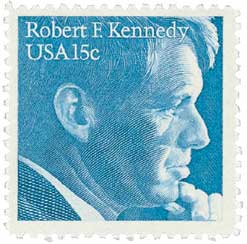
For its first several decades, the Department of Justice didn’t have an official home, but rather occupied a series of temporary spaces. The first plans to create a Justice building were introduced in 1910, but little was done until the late 1920s. Finally, the building was completed in 1935. In 2001, it was renamed the Robert F. Kennedy Department of Justice Building in honor of the 64th Attorney General.
1879 6¢ Lincoln
Official Stamp – Justice
Department Of Justice Established

On June 22, 1870, President Ulysses S. Grant signed a bill into law creating the U.S. Department of Justice.
The position of Attorney General was created through the Judiciary Act of 1789 as a part-time job to advise the President and Congress on legal matters. Officially, it was the Attorney General’s job “to prosecute and conduct all suits in the Supreme Court in which the United States shall be concerned, and to give his advice and opinion upon questions of law when required by the President of the United States, or when requested by the heads of any of the departments.”

By 1819, the workload had grown significantly and the jobs of the Attorney General and his assistants were restricted. However, many early Attorney Generals did not receive the same rate of pay as other members of the President’s cabinet, so most of also appeared in court to supplement their income.
As early as 1830 there were calls to make the Attorney General’s office a full-time position. Then, in 1867, Congressman William Lawrence of the House Committee on the Judiciary suggested a law department run by the Attorney General that included department solicitors and U.S. attorneys. The following year, on February 19, 1868, Lawrence brought a bill before Congress to create the Department of Justice. However, he was preoccupied with the impeachment of President Andrew Johnson and was unable to devote his time to the bill.

The following year another congressman, Thomas Jenckes, introduced a similar bill on February 25, 1870, which was passed by both houses. Then on June 22, 1870, President Ulysses S. Grant signed the “Act to Establish the Department of Justice” into law. The Department of Justice officially began operations on July 1 of that year.

The act significantly increased the responsibilities of the Attorney General. Under this new legislation, the Attorney General would supervise all U.S. attorneys, which was previously a job within the Department of the Interior. The Attorney General was also tasked with prosecuting all federal crimes, representing America in all court actions, and ensuring no private attorneys were used to represent the federal government. The act also created a new office, the Solicitor General, to oversee government litigation in the Supreme Court.

Over time, the Justice Department has grown to include control of Federal prisons. The U.S. Marshals Service, Federal Bureau of Investigation, and Bureau of Alcohol, Tobacco and Firearms are also part of this department.
The Department of Justice seal includes the Latin motto Qui Pro Domina Justitia Sequitur. Historians don’t know where the phrase came from or when it first appeared on the seal. Its translation has been a matter of discussion for Latin scholars. Most agree it refers to the district attorney and means, “who prosecutes on behalf of justice (or the Lady Justice).”

For its first several decades, the Department of Justice didn’t have an official home, but rather occupied a series of temporary spaces. The first plans to create a Justice building were introduced in 1910, but little was done until the late 1920s. Finally, the building was completed in 1935. In 2001, it was renamed the Robert F. Kennedy Department of Justice Building in honor of the 64th Attorney General.



